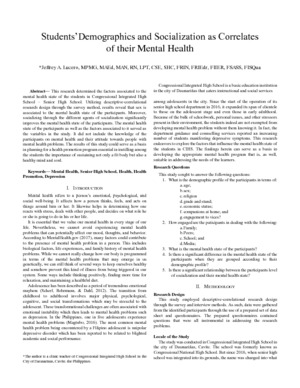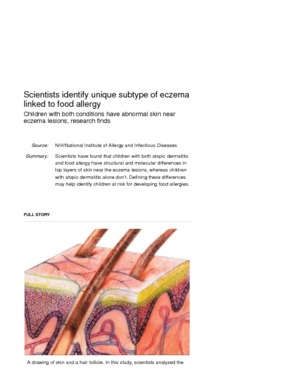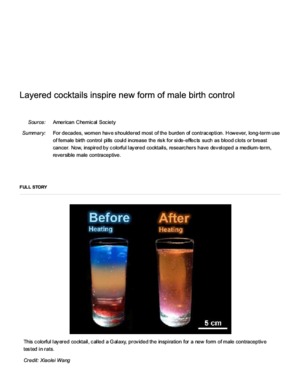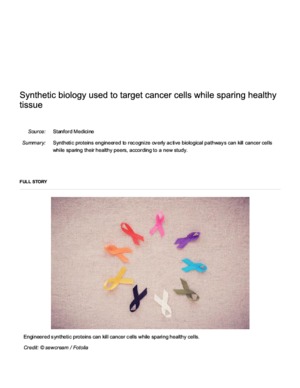- Suggested keywords :
- 3D(2)
- exploration(1)
- Researchers(47)
- matter(3)
- innovation(2)
List of Categories and SubCategories
Change Your Picture

Identification And Evaluation Of Bioactivity In Forest Plants Used For Medicinal Purposes By The Kutai Community Of East Kalimantan, Indonesia
Abdul Rasyid Zarta
VIEWS
1512
INFO
more

- Category : Medicine
- Size : 283400
- By : Abdul Rasyid Zarta

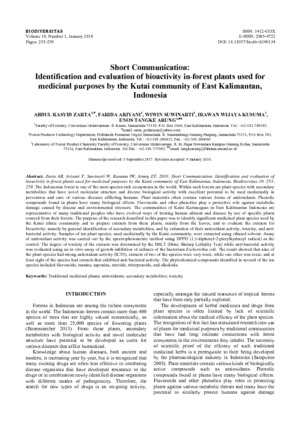

Using Your Google Account
Google Login/Sign up
OR
Recover Your Password
Abstract
The Indonesian forest is one of the most species-rich ecosystems in the world. Within such forests are plant species with secondary
metabolites that have novel molecular structure and diverse biological activity with excellent potential to be used medicinally in
prevention and cure of various diseases afflicting humans. Plant materials often contain various forms of antioxidants. Phenolic
compounds found in plants have many biological effects. Flavonoids and other phenolics play a protective role against metabolic
damage caused by disease and environmental stressors. The communities of Kutai Kartanegara in East Kalimantan Indonesia are
representative of many traditional peoples who have evolved ways of treating human ailment and disease by use of specific plants
sourced from their forests. The purpose of the research described in this paper was to identify significant medicinal plant species used by
the Kutai ethnic community and to prepare extracts from these plants, mainly from the leaves, and to evaluate the extracts for
bioactivity; namely by general identification of secondary metabolites, and by estimation of their antioxidant activity, toxicity, and antibacterial
activity. Samples of ten plant species, used medicinally by the Kutai community, were extracted using ethanol solvent. Assay
of antioxidant activity was carried out by the spectrophotometric method using DPPH (1,1-diphenyl-2-picrylhydrazyl radical) as the
control. The degree of toxicity of the extracts was determined by the BSLT (Brine Shrimp Lethality Test) while anti-bacterial activity
was evaluated using an in vitro assay of growth inhibition of cultures of the bacterium Escherichia coli. The result showed that nine of
the plant species had strong antioxidant activity (IC50); extracts of two of the species were very toxic, while one other was toxic; and at
least eight of the species had extracts that exhibited anti-bacterial activity. The phytochemical compounds identified in several of the ten
species included flavonoids, tannins, saponins, steroids, triterpenoids, and alkaloids.
Recommended Papers


